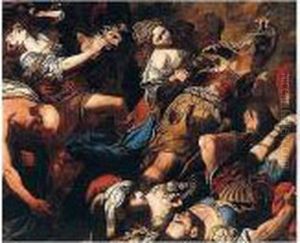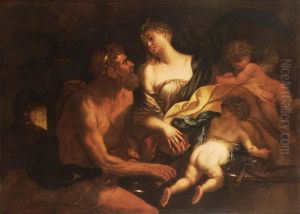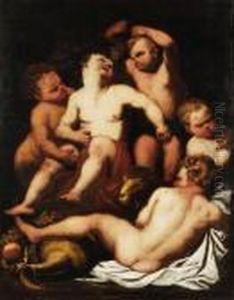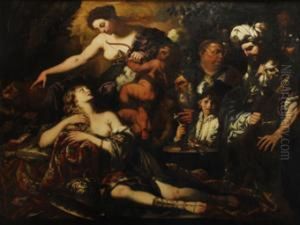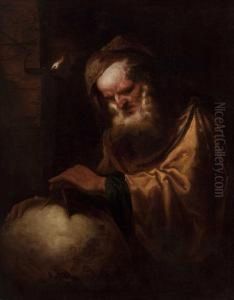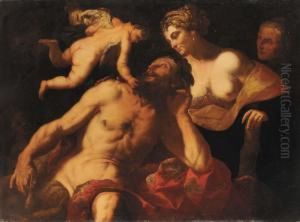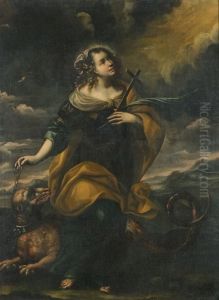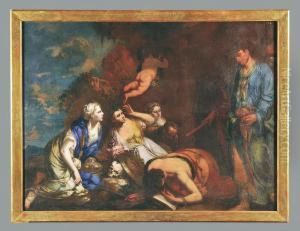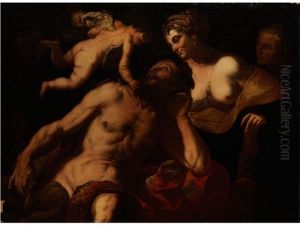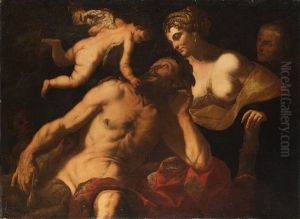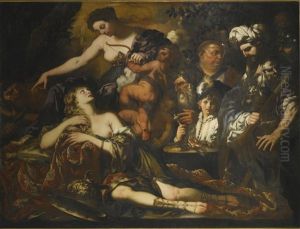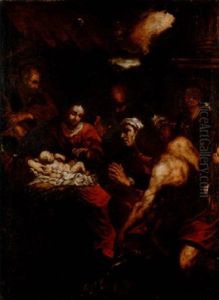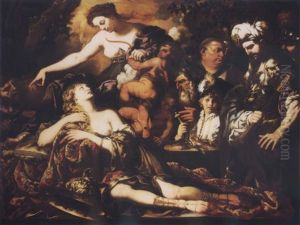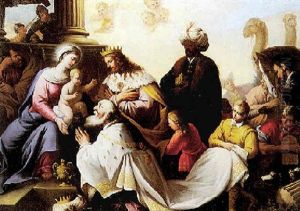Pietro Paolo Raggi Paintings
Pietro Paolo Raggi, also known as Pietro Paolo Raggi or Pietro Raggi, was an Italian painter and etcher who was born in 1615 in Genoa, Italy, and died in 1665. He is often associated with the Baroque movement, a period characterized by dramatic expression and elaborate decoration. Raggi's work, however, also exhibits elements that are typical of the later part of the Baroque era, which saw a gradual transition towards more lightness and elegance, signaling the onset of the Rococo style. Raggi was initially trained in his hometown of Genoa, where he was influenced by the local artistic tradition and the works of prominent painters such as Bernardo Strozzi, who was a leading figure in the Genoese school of painting. Raggi's early works are noted for their vibrant colors, expressive figures, and dynamic compositions, features that he would continue to develop throughout his career. After his initial training, Raggi traveled to Rome, which was then the center of the artistic world. In Rome, he was exposed to the works of masters such as Caravaggio, whose use of dramatic lighting and realism had a profound impact on Raggi's style. In Rome, Raggi became part of the vibrant artistic community, receiving commissions from churches and nobility. His work during this period includes altarpieces, frescoes, and etchings that demonstrate his versatility and skill in handling different media. Raggi's religious works are particularly notable for their emotional intensity and their ability to convey spiritual experiences in a direct and compelling manner. He also executed a number of portraits and mythological scenes, showcasing his ability to depict human figures with a remarkable sense of life and movement. Despite his success, Pietro Paolo Raggi remains a somewhat elusive figure in the history of art. His oeuvre has been overshadowed by that of his contemporaries, such as Gian Lorenzo Bernini and Pietro da Cortona, who were more prominent figures in the Baroque movement. Nevertheless, Raggi's work is an important link in the chain of Italian Baroque painting, representing a bridge between the high drama of the early Baroque and the more refined elegance of the Rococo. Today, his paintings can be found in various museums and collections, where they continue to be studied and appreciated for their artistic value and historical significance.
